2024.09.19

New Parking System that Saves Users’ Time,
Enabled by Ground-Breaking Next Generation Cloud-Based Ticketless Parking
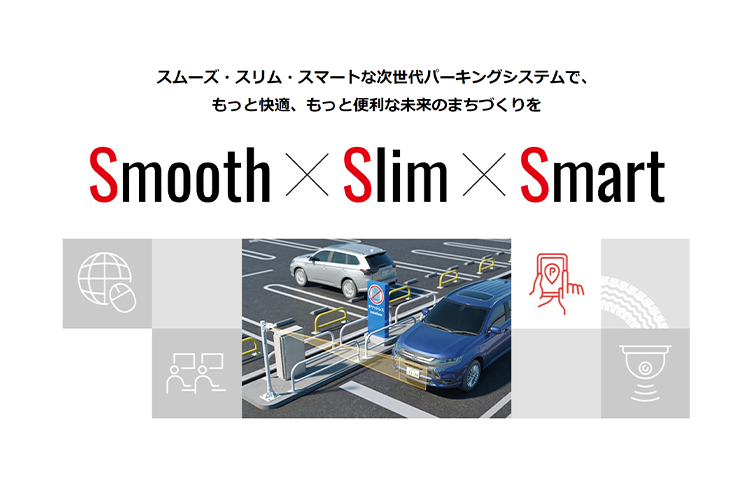
Mitsubishi Precision Company has been expanding its next generation cloud-based ticketless
parking service since May 2023.
Parking systems are taking on a new dimension through ticketless and cashless operations.
Mitsubishi Precision Company has been expanding a next generation cloud-based ticketless
parking service since May 2023. This parking system, which is the company’s new initiative,
integrates fee settling machines, entry and exit gates, car number (license plate number)
recognition devices, and other equipment into DIANET ®, a cloud service for
parking lot
operation and management (fee settlement and management).
The system works as follows: Upon entry, a user’s car plate number is identified by a car
number recognition camera, and the recognized number is used as information for parking
management. When exiting the parking lot, the user enters their car number or time of entry
into the pre-payment machine and pays a fee. Users can choose from various cashless payment
options on the machine (store discounts for parking fees can be processed using a QR code
printed on the store receipt). They can also choose to pay their fee at the exit gate
instead of using the pre-payment machine. The new system will greatly reduce the time and
effort required for parking lot users, thus contributing to the improvement of user-friendly
convenience through ticketless and cashless operations.
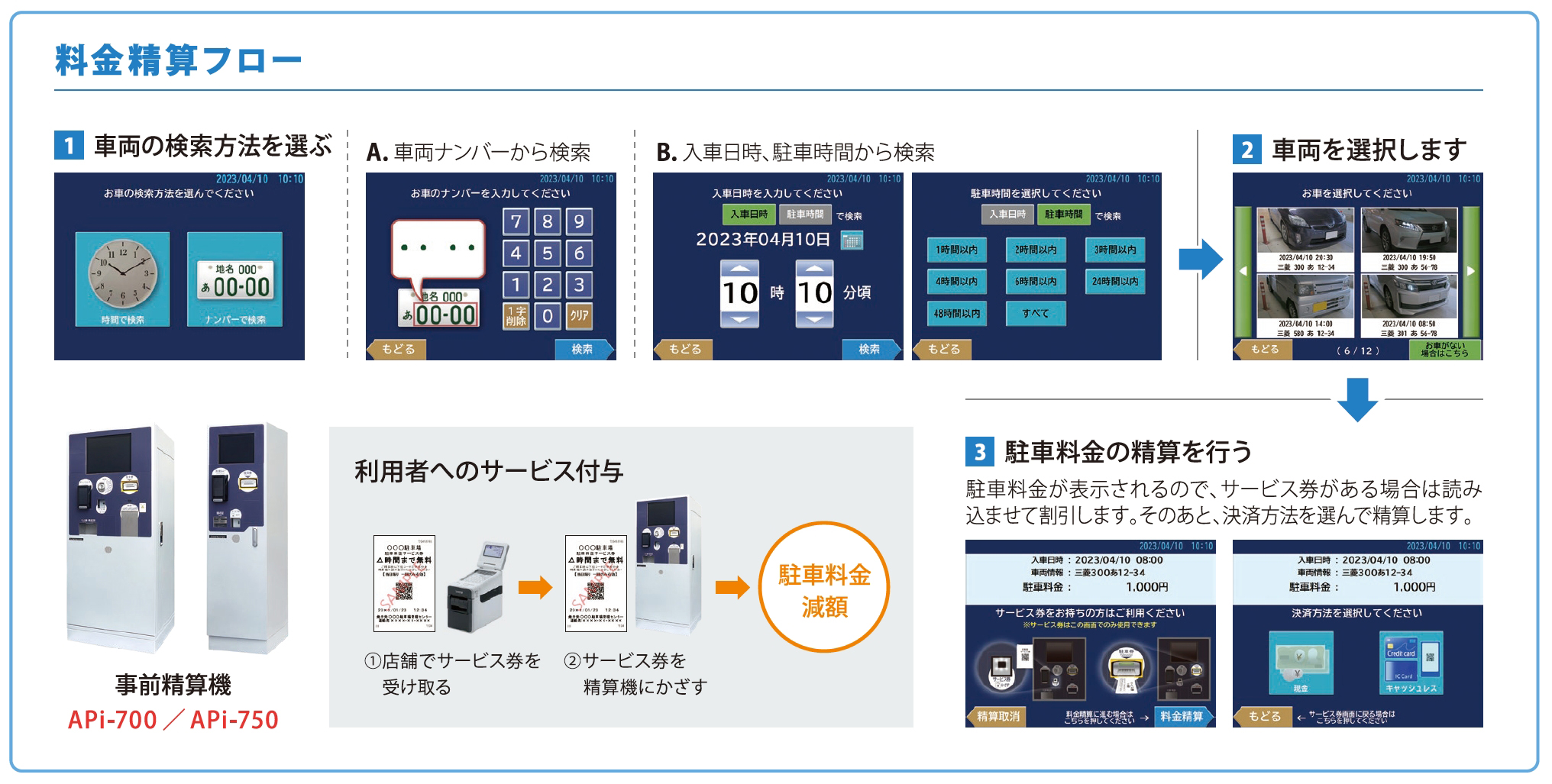
When the amount of your fee is displayed on a fee settling machine, scan your service
ticket, if there is any, on the machine to get a discount. Then, choose a payment option and
pay your parking fee.
For the purpose of facilitating the procedure to enter their car number or time of entry
when paying the fee at the pre-payment machine, actual parking facilities have a large
information board asking users to remember their four-digit license plate number, and a
large digital clock installed above the entrance gate to help users remember their time of
entry. Furthermore, as there is no ticket machine installed at the entrance, space can be
saved; and a car number recognition camera attached to a pole provides a higher degree of
flexibility in terms of where to install the camera. When users pay the fee at the exit, a
car number recognition camera instantly recognizes their license plate number, allowing them
to proceed with the payment.
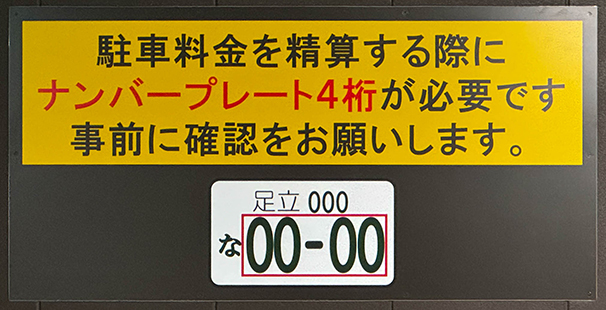
Information board
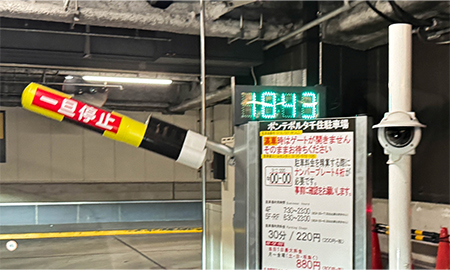
Car number recognition camera and large digital clock
Improved Convenience through Cloud Service
Such ticketless and cashless service is made possible through DIANET®, a cloud
service for
parking lot operation and management. Hiroyuki Nishida, Manager of the company’s Engineering
Section, Parking Management Engineering Department, explains,
“Conventional parking lot systems basically have a ticket machine installed at the entrance
and a fee settling machine at the exit, while some parking lots have a pre-payment machine,
and flaps at metered parking lots. Individual devices are connected through a network, but
only within the scope of each parking lot. This new system, on the other hand, collects
information such as car entry and exit or fee settlement on the cloud, allowing operators to
streamline their sales management, simplify regular contract management, and check the state
of their parking lot whenever they want. The system also enables users to make an advance
payment and reserve a parking lot using their smartphone. Furthermore, it offers operational
support through remote management from a call center, such as dispatching personnel from a
security company in response to equipment alarms, or remotely opening and closing the gate
bars.”
Nishida shares the difficulties he faced during the two years it took to develop
DIANET®.
“This is the first time we have adopted a cloud service for our parking system, so our major
technical issue was to configure the cloud to be redundant in its database and service in
case of service suspension or functional failures. In addition, we had issues with setting
communication protocols to be used to retrieve data from ground-installed equipment, as well
as arranging the new system, which has all the functions of fee settling machines in the
cloud, in a way that will lead to parking lot operation free of ground equipment in the
future.”
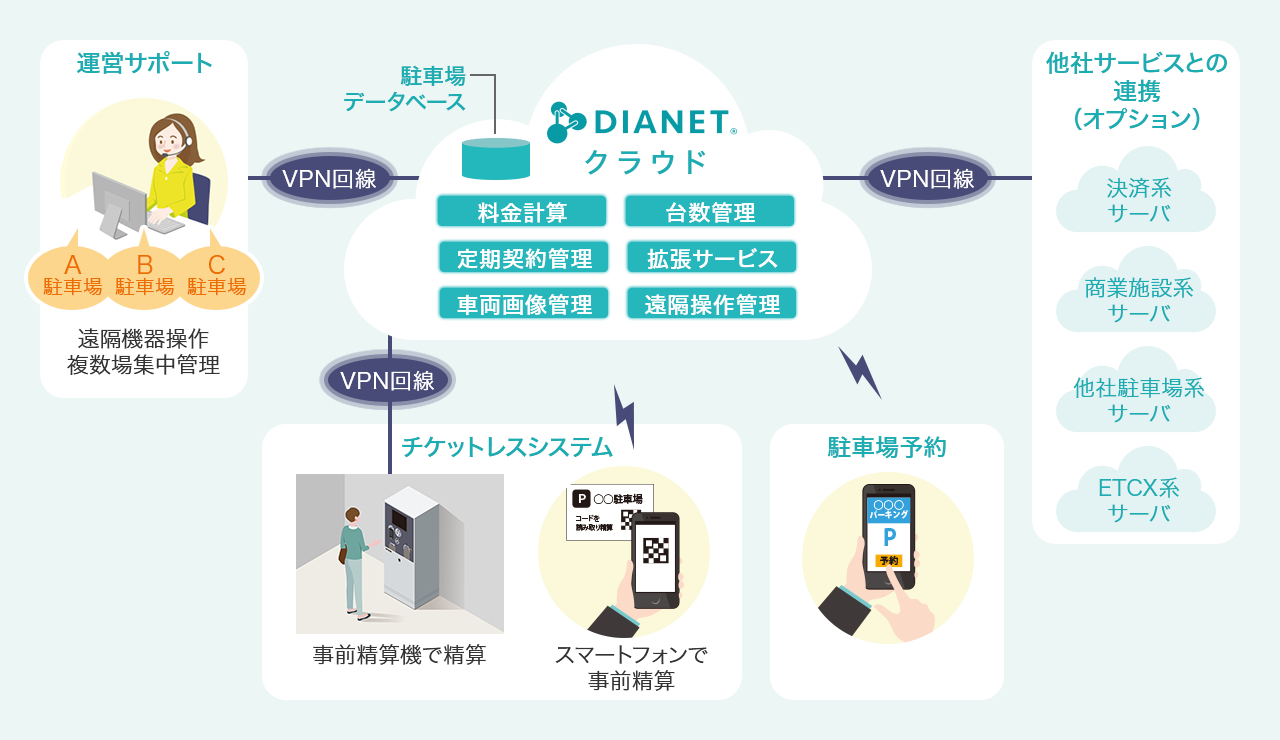
Parking industry affected by a declining birthrate and aging population
Currently, this next generation cloud-based ticketless parking system has been introduced at
commercial facilities such as Ponte Porta Senju (Adachi-ku, Tokyo) and Park Club
Shichikencho (a station-front parking lot in Shizuoka City, Shizuoka).
“We have received positive feedback from users that the system has eliminated problems such
as losing parking tickets and made the parking lot itself easier to use. The system is
installable at any parking lot,” said Nishida.
The improved convenience due to the ticketless and cashless system is not the only reason
for the increasing shift to cloud-based parking systems. Shohei Sakamoto from the company's
Parking Management Systems Department points out other benefits.
“The parking industry is also facing a shortage of personnel due to the declining birthrate
and aging population. Operation of parking lots involves more time and effort than you may
imagine, such as cleaning, dealing with abandoned vehicles, refilling parking tickets, and
collecting money. There is a need to save such hassle to the extent possible.”
Conventionally, the focus of technological development in the parking industry was basically
on the handling of parking tickets and cash, but in the past few years, the trend has
rapidly shifted toward ticketless and cashless operation, partly due to the pandemic. On top
of this, the parking personnel labor shortage has become apparent. Against this background,
the company has been at the forefront of the industry with its technology, such as its
systems for car number management and various cashless payment methods.
“We specialize in large-scale parking lots, and our system has been used for the parking
lots at Haneda Airport as well. Also, we were among the first to work on customization of
complicated parking fee systems by linking them with POS systems. We will focus on further
technological development based on our accumulated experience and expertise,” said Nishida.
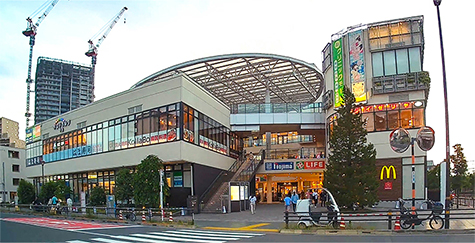
Parking lot at Ponte Porta Senju

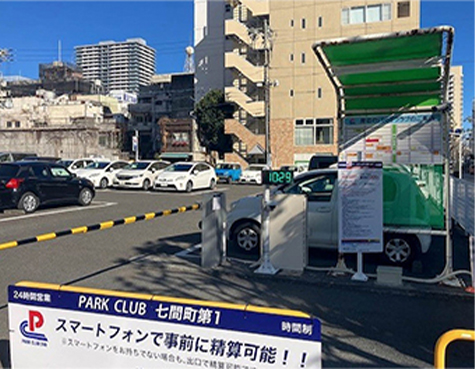
Parking lot at Park Club Shichikencho (Smartphone pre-payment supported)
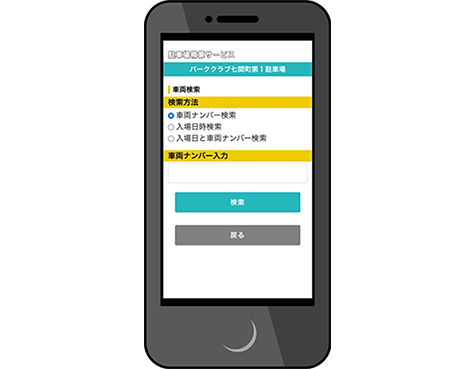
The company's three core businesses are: simulation systems, aerospace equipment such as
navigation sensors, and parking systems. The parking system business has a history of
adopting technology from the simulation business to traffic control systems, such as vehicle
detectors for traffic volume measurement, and further developing the systems into parking
lot equipment, such as a car counting and management system and a fee settling machine. To
the question of how the company's parking business will develop in the future, Masaki
Suhara, General Manager of the Corporate Planning Division, answers,
“When I think of what comes next to parking systems as autonomous driving technology for
vehicles advances in the future, I believe there will be a wider scope of areas where we can
integrate simulation technology and parking system technology. One such idea would be
parking lots that guide cars to park through autonomous driving. We would like to advance
our business from goods to services using such technology, and create parking lots beyond
everyone’s imagination.”
INTERVIEWEES
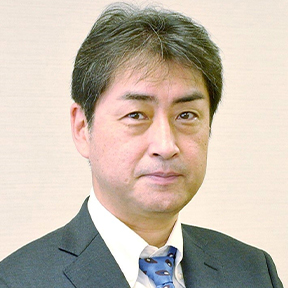
MASAKI SUHARA
Director, General Manager of the Corporate Planning Division
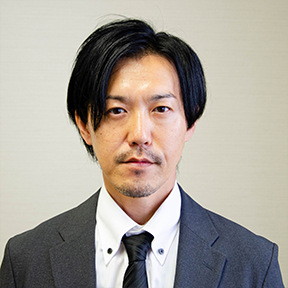
HIROYUKI NISHIDA
Manager, Engineering Section, Parking Management Engineering Dept., Parking Management and Operation Systems Division, Kamakura Operations
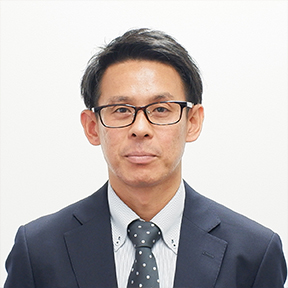
SHOHEI SAKAMOTO
Sales Section No.1, Parking Management Systems Dept., Parking Management Systems Division, Sales Headquarters
Mitsubishi Precision Company, Limited
8F Shibaura Crystal Shinagawa, 1-6-41 Konan, Minato-ku, Tokyo
Founded in 1962 as a flight simulator and navigation equipment design and manufacturing company. Today, the company contributes to updating social infrastructure to bring about a safe, secure, and comfortable future society, centering on its three main businesses: simulation systems, aerospace equipment, and parking systems.
